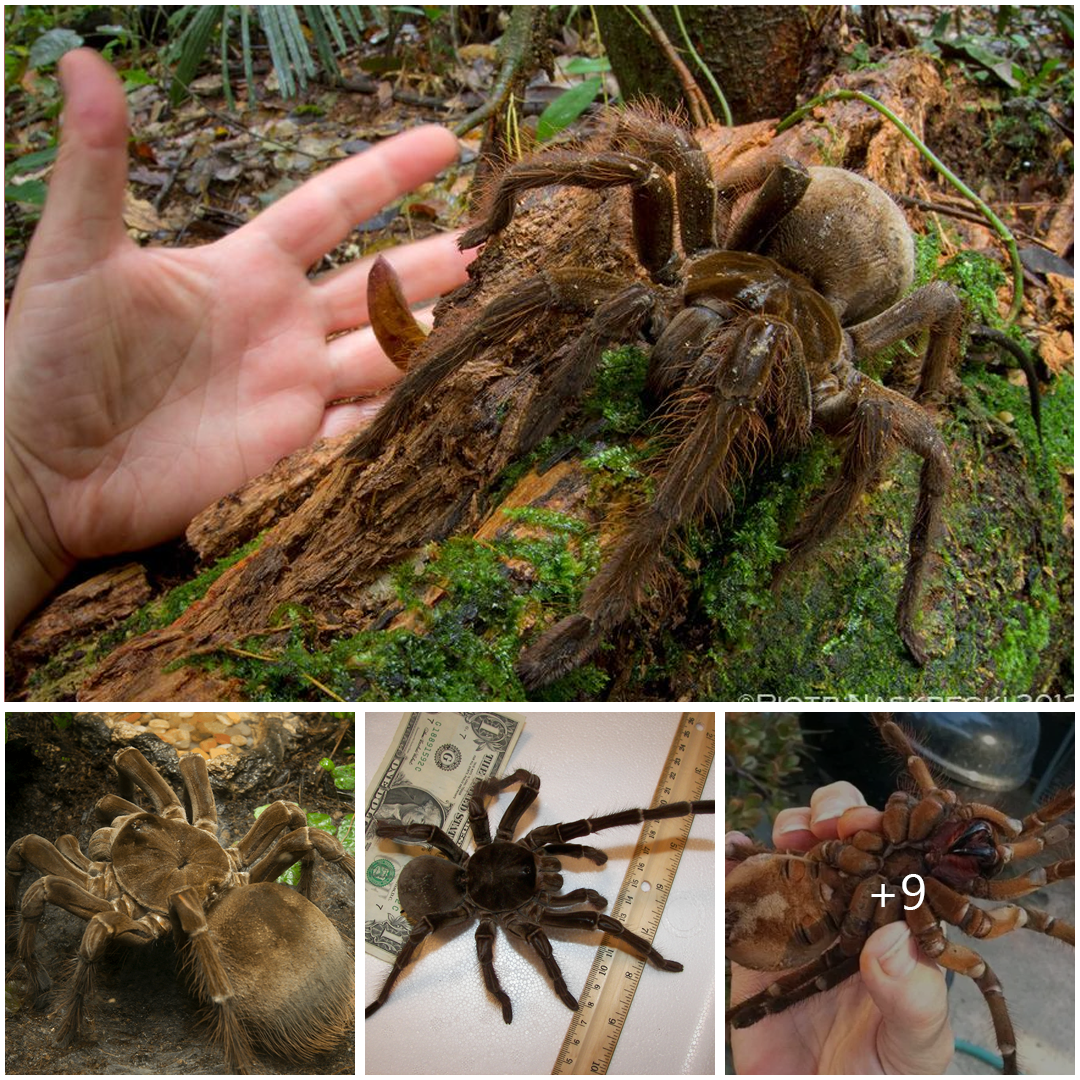
Unraveling the Mysteries of the Goliath Bird-Eating Tarantula
The Goliath bird-eating tarantula (Theraphosa blondi) is one of the largest and most awe-inspiring spiders in the world. With its impressive size, fearsome appearance, and unique behaviors, this remarkable arachnid has fascinated and intrigued scientists and enthusiasts alike. In this article, we delve into the mysteries surrounding the Goliath bird-eating tarantula, exploring its biology, behavior, and ecological significance.
Native to the rainforests of South America, particularly the Amazon basin, the Goliath bird-eating tarantula is renowned for its massive size and formidable hunting prowess. Females of this species can reach sizes of up to 11 inches in leg span, making them one of the largest spiders by mass.
Despite its name, the Goliath bird-eating tarantula rarely preys on birds, preferring instead to feed on a diet consisting primarily of insects, small mammals, and other invertebrates. Its massive fangs and potent venom enable it to subdue prey much larger than itself, making it a formidable predator in its habitat.
In addition to its hunting abilities, the Goliath bird-eating tarantula is known for its unique defensive behaviors, which include producing a loud hissing sound by rubbing its bristly legs together and flicking urticating hairs from its abdomen when threatened. These hairs can cause irritation and discomfort to potential predators, serving as a deterrent against would-be attackers.
Despite its intimidating appearance, the Goliath bird-eating tarantula plays a vital role in its ecosystem as a predator of insects and other small animals. Its presence helps regulate populations of prey species, contributing to the overall balance of the rainforest ecosystem.
As with many other species of tarantula, the Goliath bird-eating tarantula faces threats from habitat loss, deforestation, and collection for the pet trade. Conservation efforts aimed at protecting its natural habitat and regulating trade are essential for ensuring the long-term survival of this iconic species.





